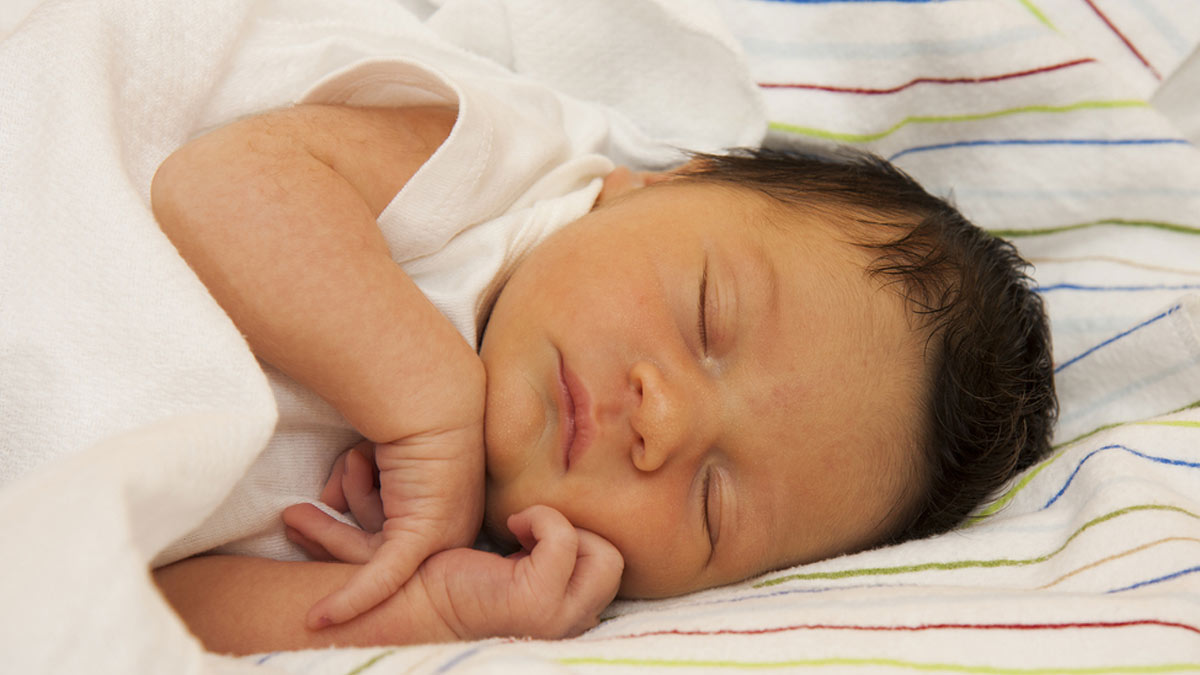
If your baby develops a yellowish-orange skin tone, it is likely to throw you off and get you worried. Jaundice is the first thing that may come to mind, rushing you to the nearest hospital or a paediatrician. But what if we told you yellow skin pigmentation can also be a result of a less-concerning condition, known as carotenemia? If you haven’t heard of the condition, here’s a detailed guide to what it is, how it is different from jaundice, and why parents should not worry about it.
Also Read: Jaundice Care: Here’s What Causes Jaundice In Newborn Babies
What Is Carotenemia?

Dr Shitij Goel, HOD-Dermatologist, Sharda Hospital, Greater Noida, said, “Carotenemia is a benign condition characterised by the yellowish discoloration of the skin, typically in infants and young children.
She added, “It is caused by an excess intake of carotenoids, which are natural pigments found in many fruits and vegetables, such as carrots, sweet potatoes, and squash.”
According to the doctor, the condition causes yellow skin in babies because carotenoids, like beta-carotene, accumulate in the subcutaneous fat and skin, giving it a yellow or orange tint. This is often more noticeable on the palms, soles, and face, she noted.
Carotenemia In Infants

Carotenemia was first described in 1919 by Hess and Meyers. According to StatsPearl Publishing, the condition is most prevalent among infants and young children who consume excess amounts of fruits and vegetables high in carotene content. While the age of onset may vary, a 2004 study published in the Scottish Medical Journal found that the median age at which the symptoms presented themselves was 13 months, with a range of 7 months to 11 years, reports StatsPearl.
A former 1973 study published in the Canadian Medical Association Journal also reported that carotenemia had a higher prevalence (22%) among children with mental disabilities. This was attributed to the differences in the modes and types of feeding they received as compared to healthy children.
How To Differentiate Between Carotenemia And Jaundice

Jaundice is a condition that is characterised by yellowing of the skin, whites of the eyes, and mucous membranes. Carotenemia presents with similar symptoms, which may lead to confusion during the diagnostic process.
To differentiate carotenemia from jaundice in babies, Dr Goel shares a few factors that can be considered:
Colour distribution: Carotenemia tends to result in a more even yellow or orange colouration, while jaundice typically presents as a yellowing of the whites of the eyes and skin but may not affect the palms and soles.
Clinical assessment: A healthcare provider can perform blood tests to measure bilirubin levels to confirm the presence of jaundice. Carotenemia does not affect bilirubin levels.
Also Read: Jaundice: Symptoms, Causes, Risk Factors And Treatment
Why Parents Should Not Worry If It Is Carotenemia?
Dr Goel said, “Parents should not be overly concerned with carotenemia, as it is harmless and resolves on its own once the excess carotenoids are metabolised and eliminated from the body.”
She concluded, “If parents suspect their child might have carotenemia, they can try reducing the intake of carotenoid-rich foods and monitor the skin colour. However, it's essential not to restrict a child's healthy diet unnecessarily.”







